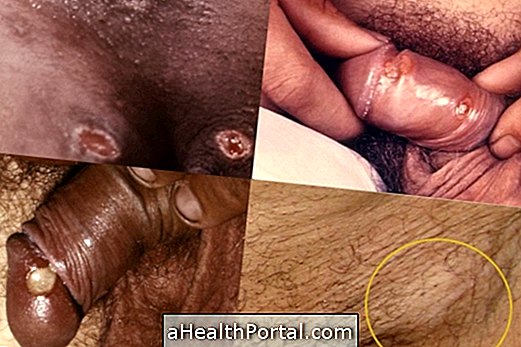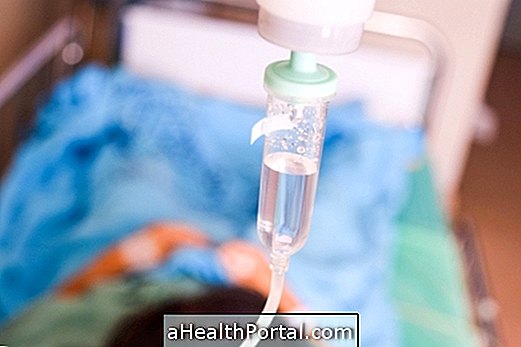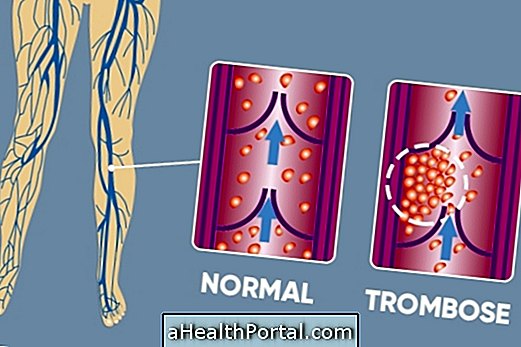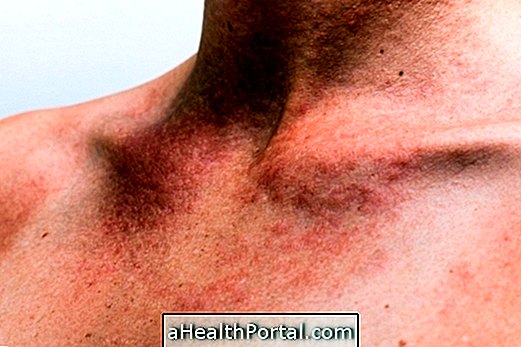Gardnerella Vaginalis and Gardnerella Mobiluncus sp are two bacteria that normally live in the vagina without causing any kind of symptom. However, when they multiply exaggeratedly, they can cause an infection popularly known as bacterial vaginosis, which lead to the production of foul-smelling and foul-smelling odor.
Treatment is done with antibiotic medicines, such as Metronidazole or Clindamycin, in the form of an oral tablet or ointments that must be applied to the vagina, although in some cases healing can be achieved only with proper lavage.
Gardnerella infection usually occurs in women, but men can also be infected through non-condom relationships with an infected partner.

Symptoms of Gardnerella
The presence of Gardnerella manifests itself differently in women and men, presenting symptoms such as:
| Symptoms in women | Symptoms in man |
Yellowish or grayish discharge | Redness in the foreskin, glans or urethra |
| Small blisters in the vagina | Pain when urinating |
| Unpleasant odor that intensifies after unprotected intimate contact | Itching in the penis |
| Pain during intimate contact |
Yellowish secretion in the urethra |
In many men, it is more common that Gardnerella vaginalis infection causes no symptoms, so treatment may not be necessary. However, if it becomes very frequent in the woman it can be recommended by the doctor that the man also treat it because it may be passing back to the woman, especially if they practice intimate contact without a condom.
In addition, if there is simultaneous infection with other bacteria, women may have inflammation in the uterus and fallopian tubes, which can lead to infertility if treatment is not done.
What causes Gardnerella infection
There is no specific cause for this type of infection, however it is more common in women with risk factors such as various sexual partners, cigarette use, regular practice of vaginal lavage or IUD use as a contraceptive method.
Thus, genital infection by Gardnerella is not considered an STD and the incubation period of the disease is from 2 to 21 days, which is the time when the bacterium is present but the symptoms do not manifest themselves.
Diagnosis of Gardnerella
The diagnosis of Gardnerella is made through the analysis of a vaginal mop in the laboratory, in order to identify the bacterium present. However, in some cases, the doctor may suspect the infection only by evaluating the symptoms.
How is the treatment done?
Gardnerella infection is easy to cure and usually treated with antibiotic medicines such as Metronidazole, Secnidazole or Clindamycin, taken as tablets, or applied as ointments in the intima.
Usually the treatment lasts about 7 days, for the case of the antibiotic tablets, or 5 days for the creams. During this time an adequate hygiene should be maintained, washing only the external genital region with neutral or appropriate soap for the region.
In pregnancy, treatment should only be done with the tablet antibiotic and the proper hygiene of the region.
Learn more about treatment and how to do home treatment.





















